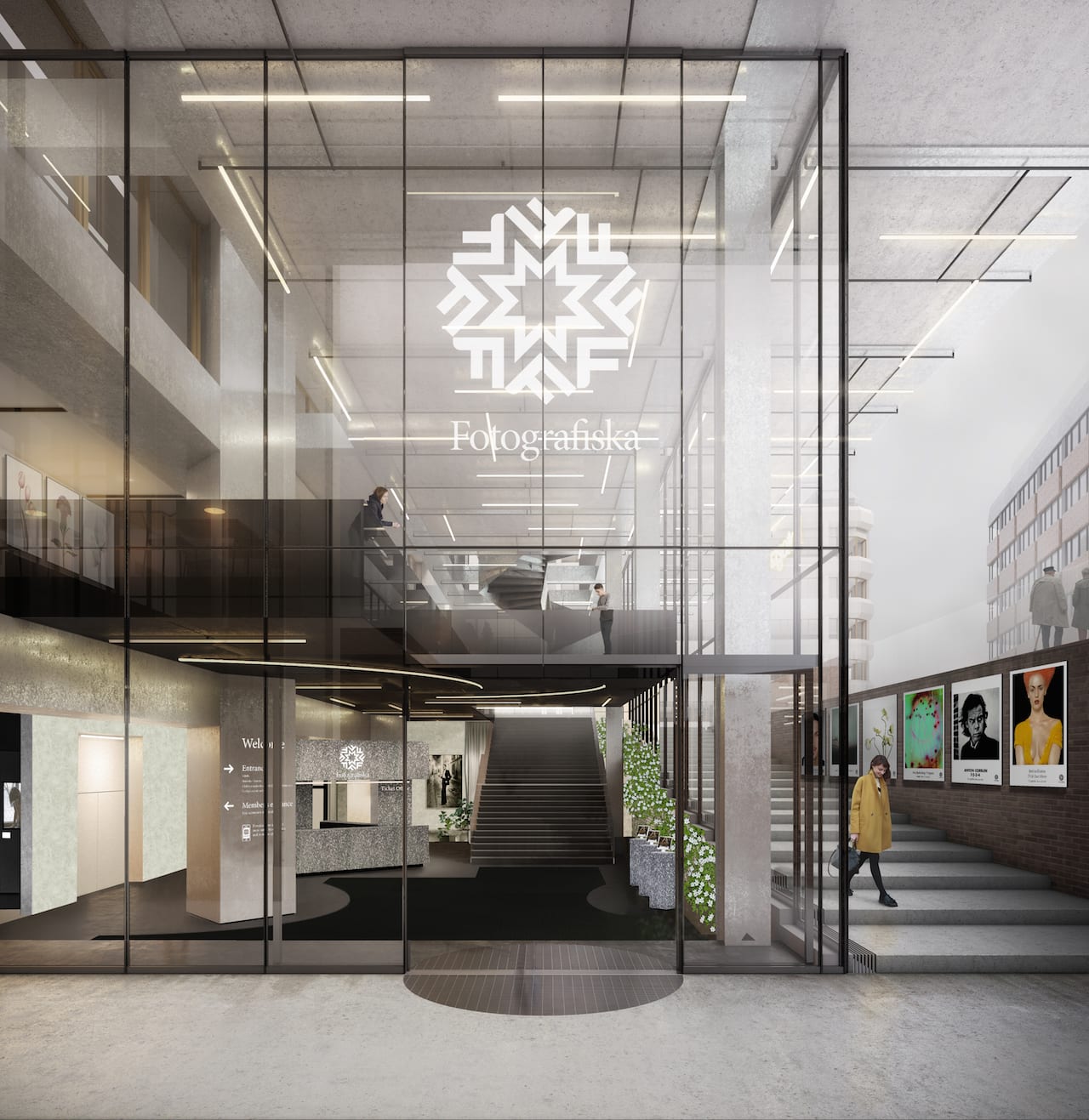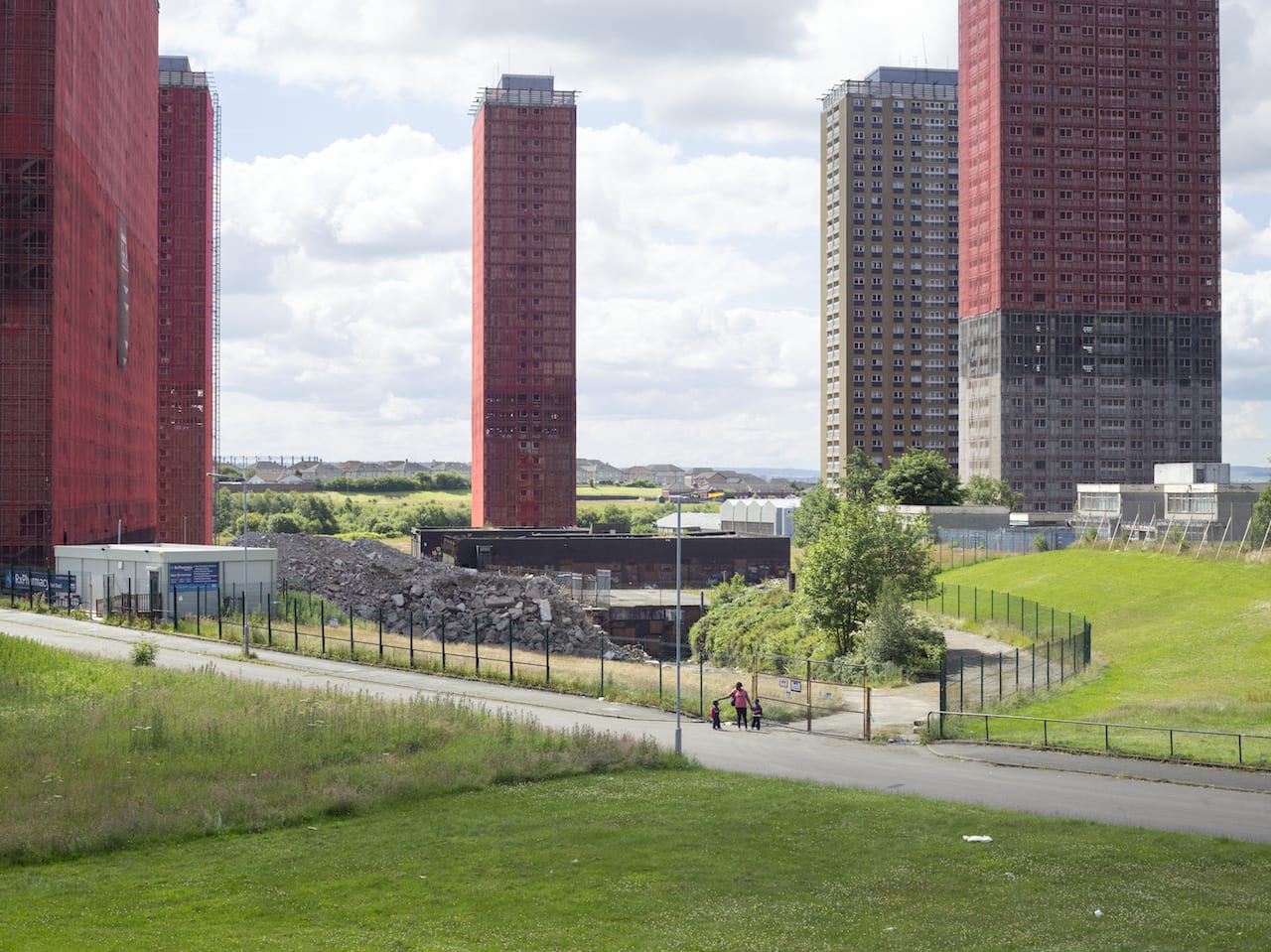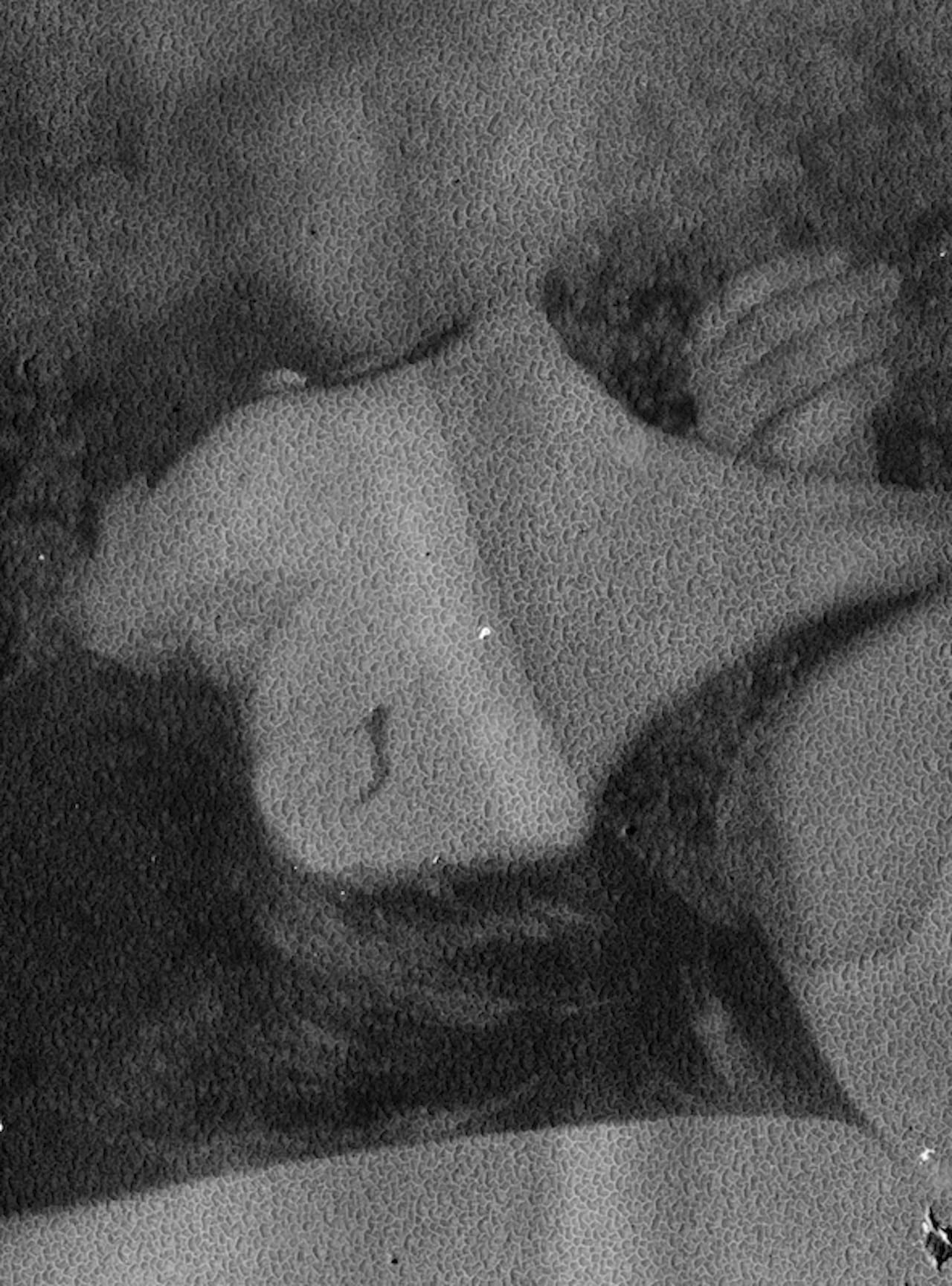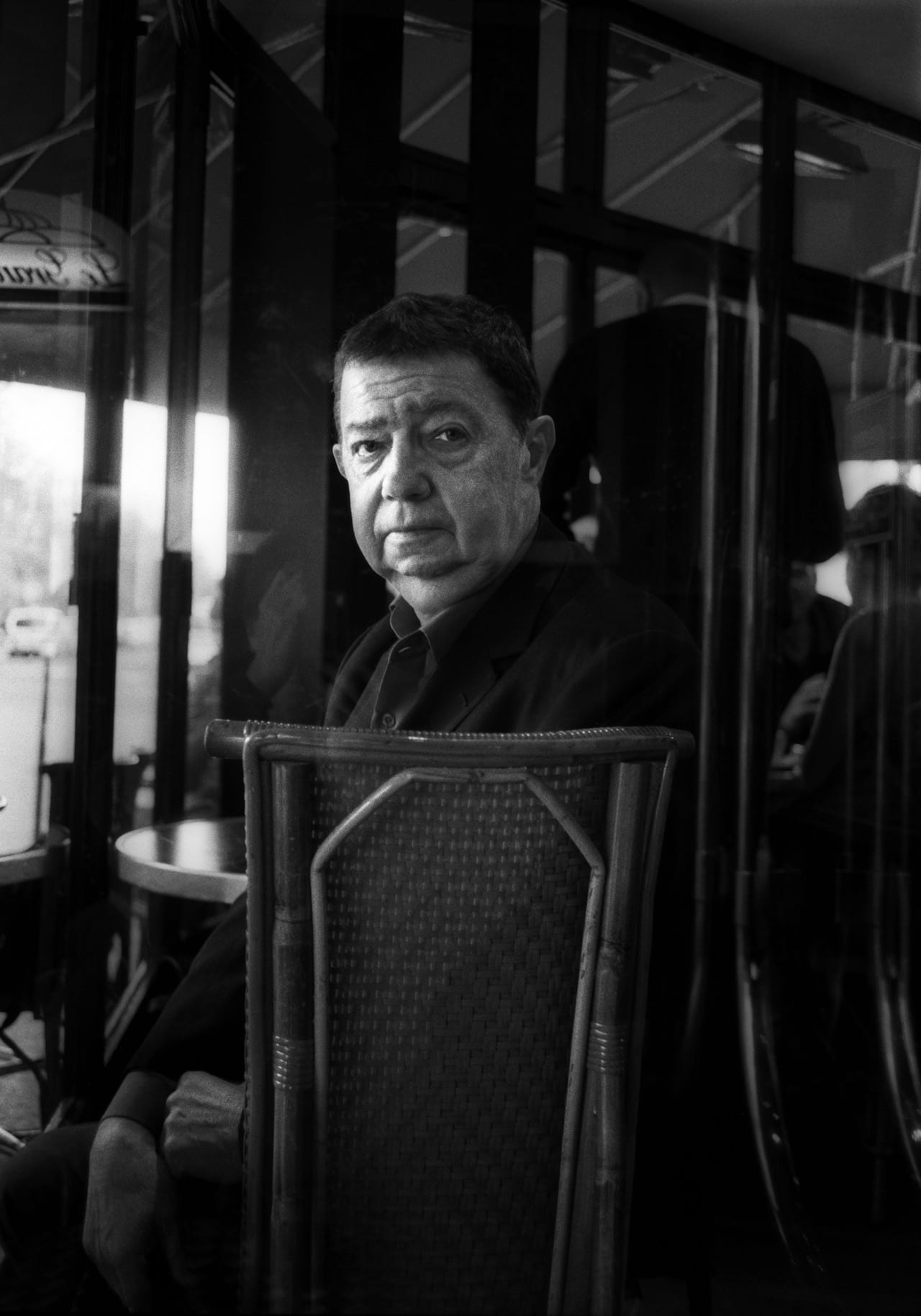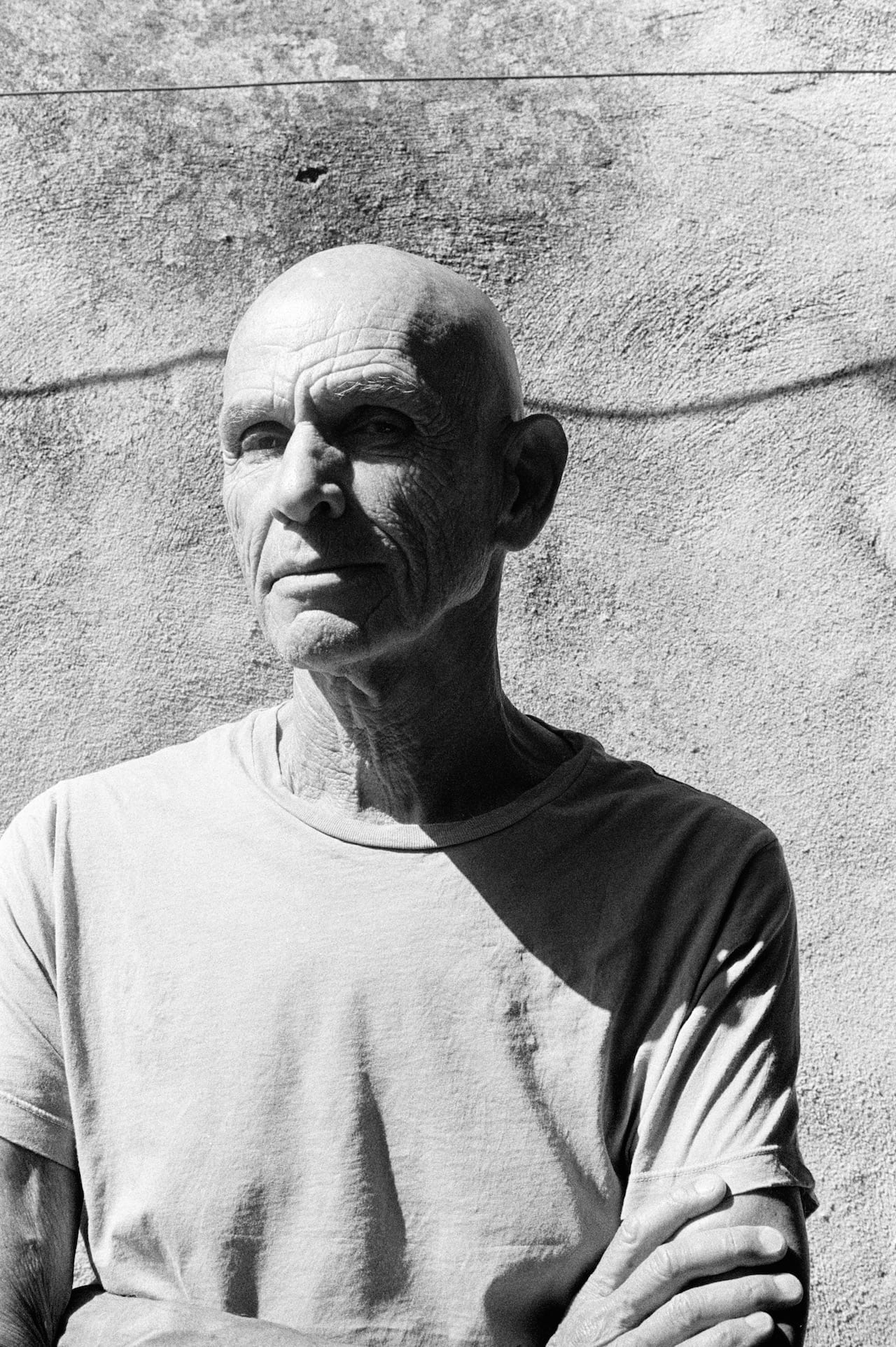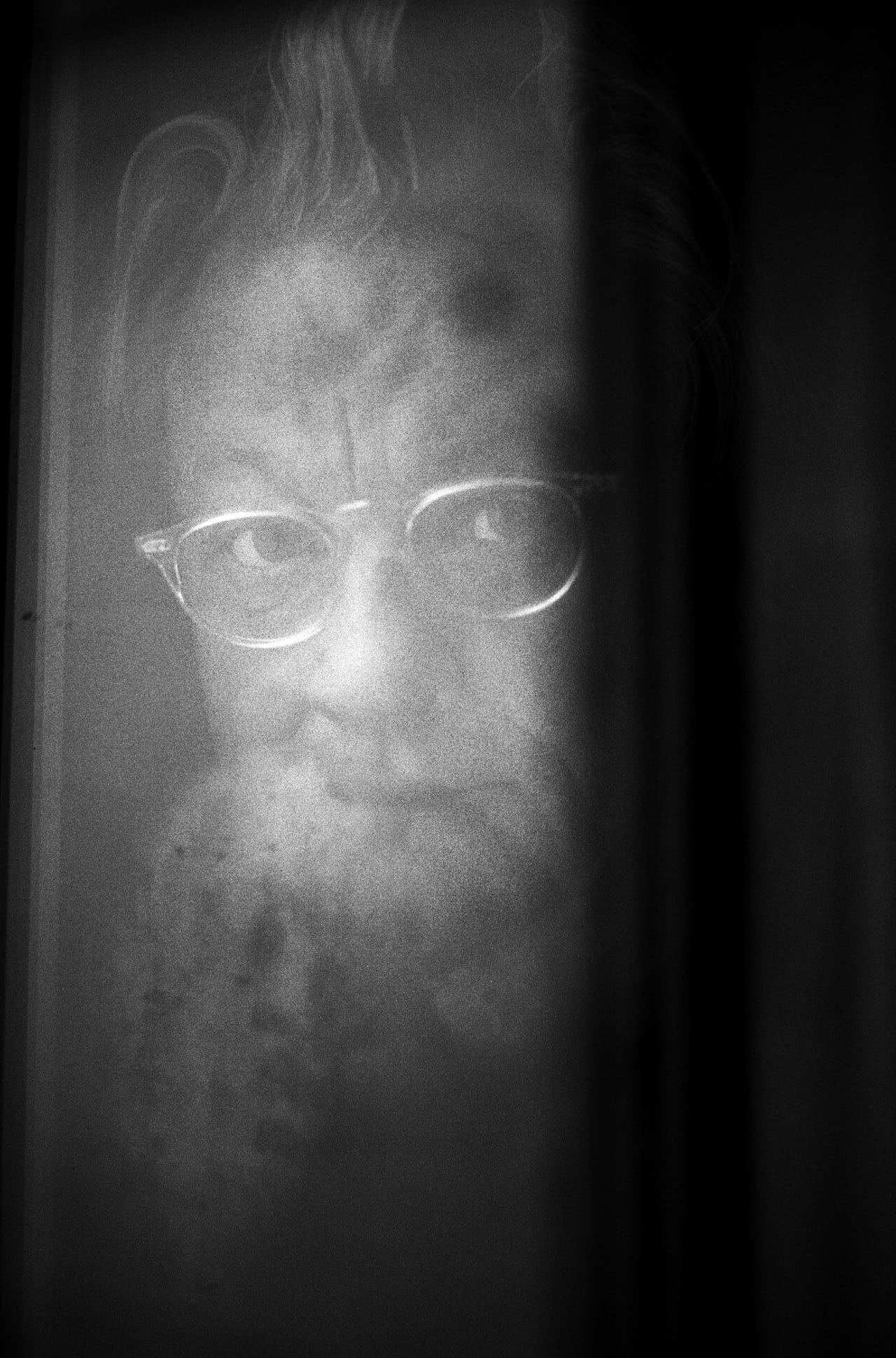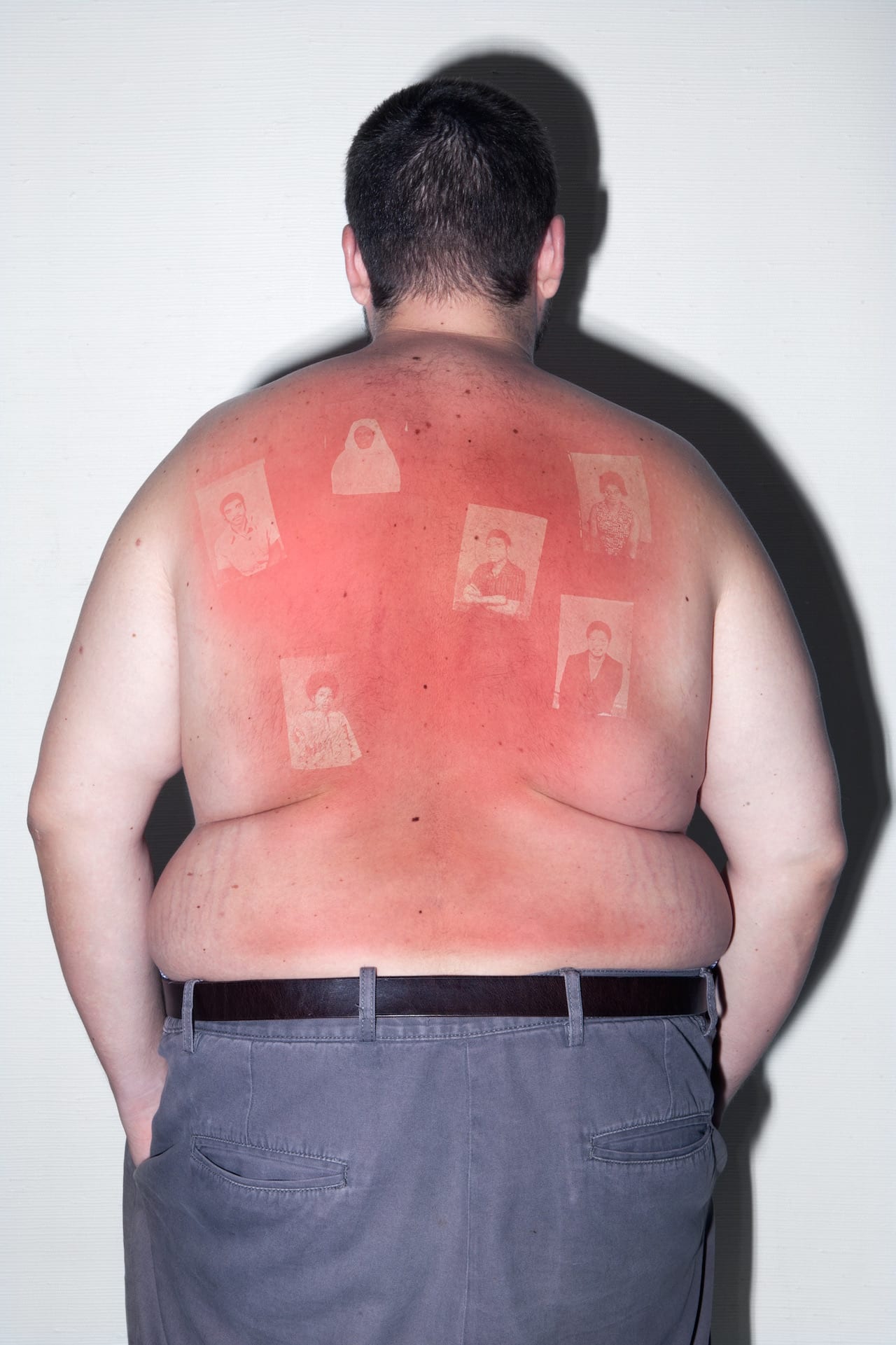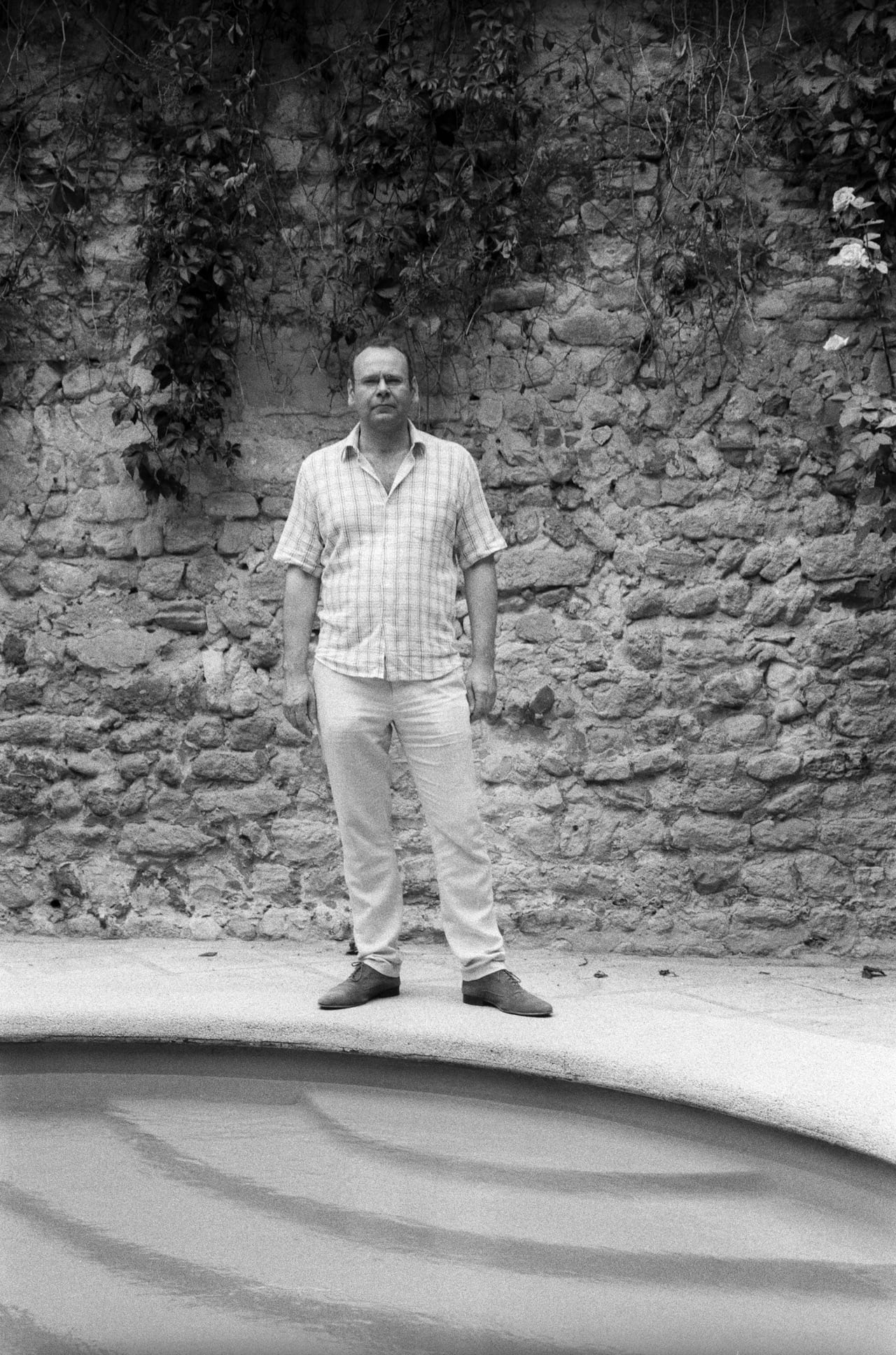Situated on the harbour in the Stadsgårdskajen district of Stockholm is the privately-owned and commercially-run photography centre Fotografiska. A self-styled museum housed in an impressive and beautifully-renovated former customs house, built in 1906 in the Art Nouveau style, Fotografiska opened in 2010, and has since exhibited the work of renowned photographers such as Annie Leibovitz, Joel-Peter Witkin, Anders Petersen, Sarah Moon and Christer Strömholm, to name but a few. Two of the most recent solo exhibitions were of the photojournalist Paul Hansen and the fashion and art photographer Viviane Sassen. Such is the success of Fotografiska that the museum is now set to open two new galleries, with others planned for the future. New York will be first, then London – and the plans for London would make the world’s largest photography gallery.
